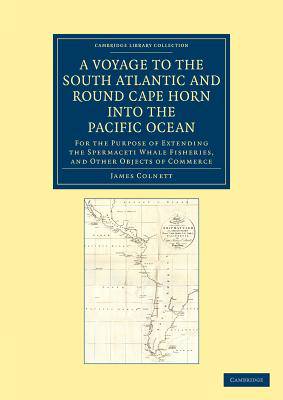
- Afhalen na 1 uur in een winkel met voorraad
- Gratis thuislevering in België vanaf € 30
- Ruim aanbod met 7 miljoen producten
- Afhalen na 1 uur in een winkel met voorraad
- Gratis thuislevering in België vanaf € 30
- Ruim aanbod met 7 miljoen producten
Zoeken
A Voyage to the South Atlantic and Round Cape Horn Into the Pacific Ocean
For the Purpose of Extending the Spermaceti Whale Fisheries, and Other OB
James Colnett
€ 78,95
+ 157 punten
Omschrijving
British naval officer James Colnett (1753-1806) served on many voyages during his career. He was a midshipman on Captain Cook's second voyage, and in 1774, he was first to sight New Caledonia, which led to Cook naming Cape Colnett after him. Later in his career, he was in command of the fur-trading expedition that resulted in the Nootka Crisis and near-war between Spain and England. In this book, first published in 1798, Colnett gives an account of the voyage he commanded to the Antarctic in 1793. The expedition's success at charting suitable places for ships to anchor was instrumental to the development of the whaling industry in the area. This book contains accounts and maps of the islands and coastlands visited during the expedition. Among the islands visited were the Galapagos Islands, and Charles Darwin is known to have had a copy of this book on HMS Beagle.
Specificaties
Betrokkenen
- Auteur(s):
- Uitgeverij:
Inhoud
- Aantal bladzijden:
- 224
- Taal:
- Engels
- Reeks:
Eigenschappen
- Productcode (EAN):
- 9781108048354
- Verschijningsdatum:
- 7/06/2012
- Uitvoering:
- Paperback
- Formaat:
- Trade paperback (VS)
- Afmetingen:
- 210 mm x 297 mm
- Gewicht:
- 548 g

Alleen bij Standaard Boekhandel
+ 157 punten op je klantenkaart van Standaard Boekhandel
Beoordelingen
We publiceren alleen reviews die voldoen aan de voorwaarden voor reviews. Bekijk onze voorwaarden voor reviews.











